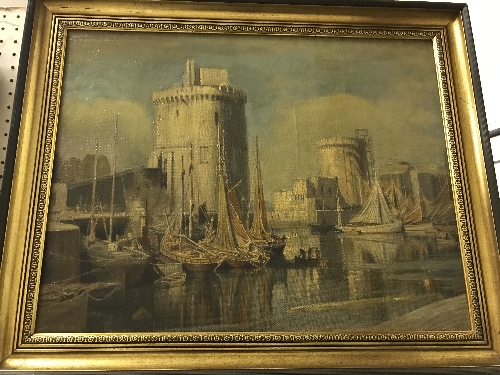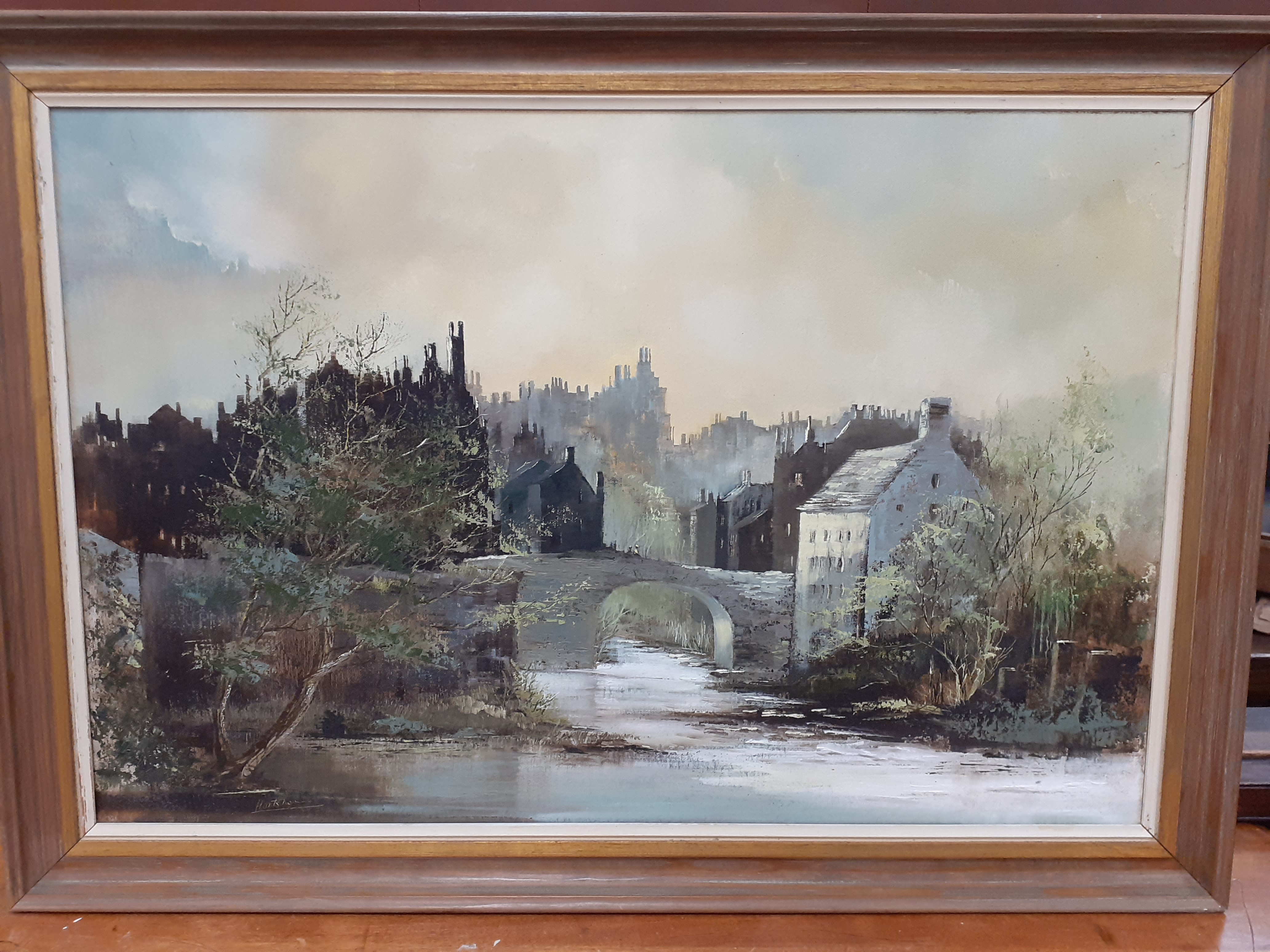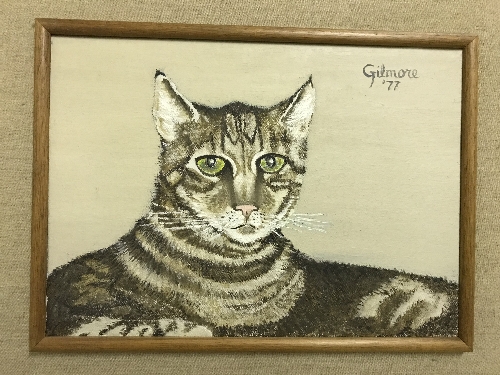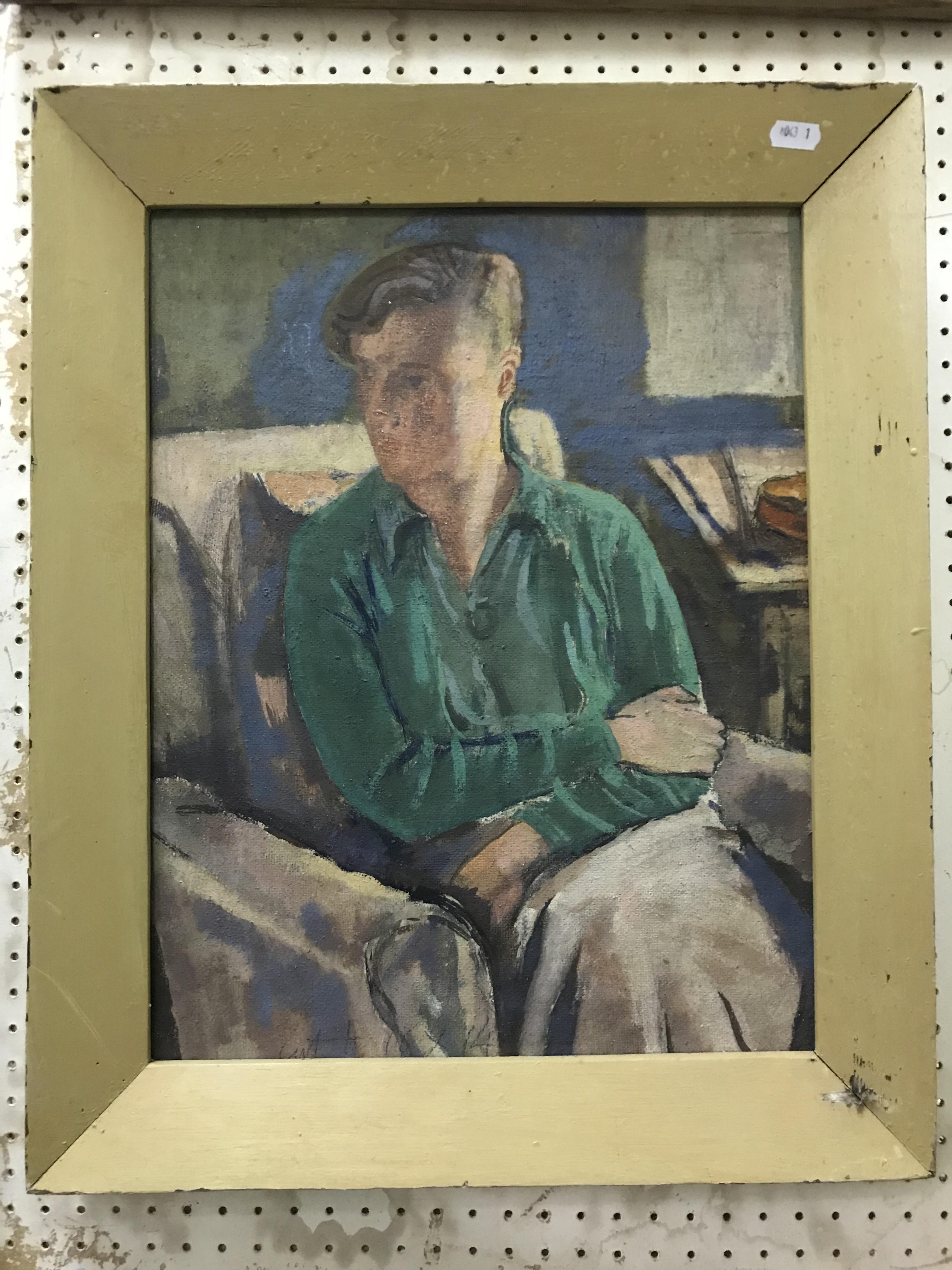Oil on canvas Signed A. Pether and indistinctly dated 1809 lower left 72.5 cm x 104 cm. (28 1/2 x 41 in) Provenance: Timothy Langston Fine Art & Antiques; from whom purchased by Mallett, 2007. One of a family of five painters, Abraham Pether was born in Chichester in 1756, the son of the mezzotinter, William Pether He was a pupil of George Smith one of the three Smith brothers who were notable landscape painters. He initially painted in his tutor’s style, then developed it further by incorporating some elements of Richard Wilson He moved to London and began an industrious and fruitful career showing at the annual exhibitions in the capital. On the night of the 24 February 1809 when the Drury Lane Theatre caught fire, its owner, Richard Brinsley Sheridan (1751-1816), was at the House of Commons, which voted an immediate adjournment when the disastrous news arrived; though Sheridan himself protested against such an interruption of public business on account of his own or any other private interests. However, he hurried to the theatre, and whilst seeing his own property in flames, sat down with his friend Barry in a coffee-house opposite to a bottle of port, coolly remarking, in answer to some friendly expostulation, that it was “hard if a man could not drink a glass of wine by his own fire!” This painting shows the Drury Lane Theatre on fire, as viewed from Cowbridge, Pimlico, looking north. It shows a lost view of London as the river shown is not the Thames, but part of the River Tyburn which was thought to come out into the Thames near Westminster. This painting proves that in fact a river ran through the marsh area known as Pollenstock and into the Thames at Merflete (now the area of Vauxhall Bridge). There is a record of an old bridge around Vincent Square, Rochester Row, which was called Cowbridge, and this would appear to be the artist's vantage point looking out over the Bulinga Fen (marshland area). By triangulating the landmarks of the inferno of Old Drury Lane Theatre, St Paul's Cathedral and Westminster Abbey (and all the City churches), we can see that the the Tyburn went through the gardens of Buckingham House (now Buckingham Palace) the large house visible to the left, behind the hoist. The River Tyburn is said to have been navigable as far as Regent's Park making it a very useful artery for goods into Central London. Pether seems to have been very accurate in his topography of this painting and the events it portrays. He had been living in Bridge Row,Chelsea, close to the site of his vantage point, for this painting and he surely witnessed the event first hand. He made two versions of this scene; the other known piece is in the Guildhall Art Gallery, London. Although this painting was conceived to show the drama of the event, it actually serves as a historical record, as there is very little accurate documentation of this area of London. Ref: The Lost Rivers of London by Nicholas Barton, 1962.
Oil on canvas Signed A. Pether and indistinctly dated 1809 lower left 72.5 cm x 104 cm. (28 1/2 x 41 in) Provenance: Timothy Langston Fine Art & Antiques; from whom purchased by Mallett, 2007. One of a family of five painters, Abraham Pether was born in Chichester in 1756, the son of the mezzotinter, William Pether He was a pupil of George Smith one of the three Smith brothers who were notable landscape painters. He initially painted in his tutor’s style, then developed it further by incorporating some elements of Richard Wilson He moved to London and began an industrious and fruitful career showing at the annual exhibitions in the capital. On the night of the 24 February 1809 when the Drury Lane Theatre caught fire, its owner, Richard Brinsley Sheridan (1751-1816), was at the House of Commons, which voted an immediate adjournment when the disastrous news arrived; though Sheridan himself protested against such an interruption of public business on account of his own or any other private interests. However, he hurried to the theatre, and whilst seeing his own property in flames, sat down with his friend Barry in a coffee-house opposite to a bottle of port, coolly remarking, in answer to some friendly expostulation, that it was “hard if a man could not drink a glass of wine by his own fire!” This painting shows the Drury Lane Theatre on fire, as viewed from Cowbridge, Pimlico, looking north. It shows a lost view of London as the river shown is not the Thames, but part of the River Tyburn which was thought to come out into the Thames near Westminster. This painting proves that in fact a river ran through the marsh area known as Pollenstock and into the Thames at Merflete (now the area of Vauxhall Bridge). There is a record of an old bridge around Vincent Square, Rochester Row, which was called Cowbridge, and this would appear to be the artist's vantage point looking out over the Bulinga Fen (marshland area). By triangulating the landmarks of the inferno of Old Drury Lane Theatre, St Paul's Cathedral and Westminster Abbey (and all the City churches), we can see that the the Tyburn went through the gardens of Buckingham House (now Buckingham Palace) the large house visible to the left, behind the hoist. The River Tyburn is said to have been navigable as far as Regent's Park making it a very useful artery for goods into Central London. Pether seems to have been very accurate in his topography of this painting and the events it portrays. He had been living in Bridge Row,Chelsea, close to the site of his vantage point, for this painting and he surely witnessed the event first hand. He made two versions of this scene; the other known piece is in the Guildhall Art Gallery, London. Although this painting was conceived to show the drama of the event, it actually serves as a historical record, as there is very little accurate documentation of this area of London. Ref: The Lost Rivers of London by Nicholas Barton, 1962.















Try LotSearch and its premium features for 7 days - without any costs!
Be notified automatically about new items in upcoming auctions.
Create an alert